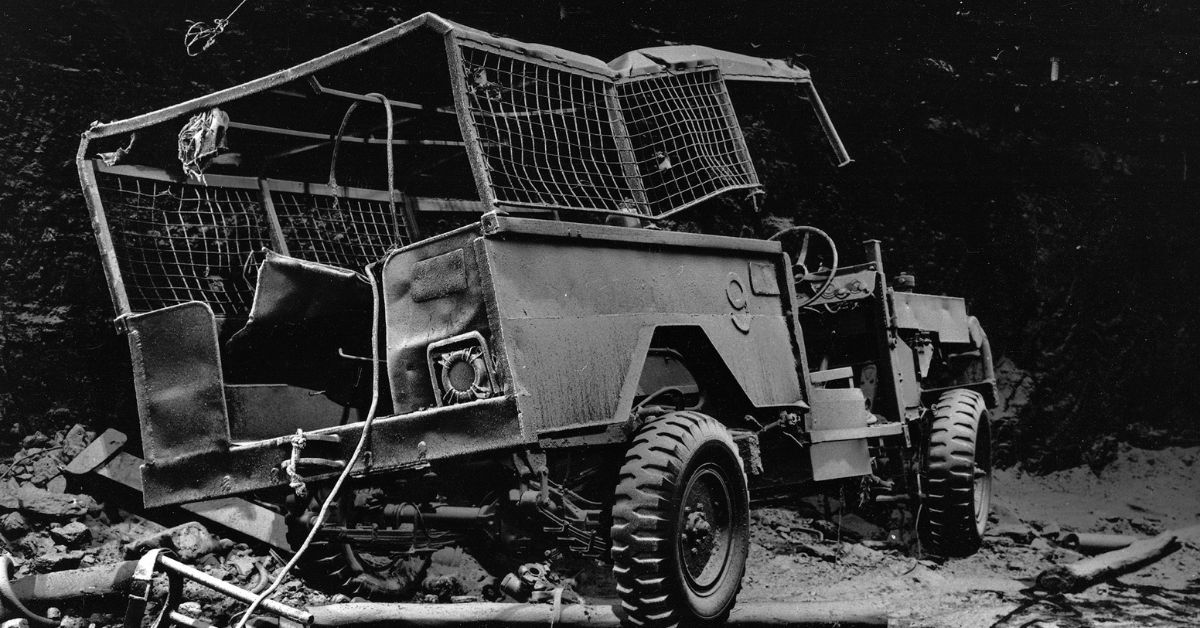July 30, 2025
July has carved some of the blackest lines in Australia’s industrial history. Between 1902 and 1990, four catastrophic explosions claimed 140 lives and forced major safety reforms that still protect workers today.
Mount Kembla, NSW – 31 July 1902 (96 deaths).
Australia’s worst industrial disaster erupted when methane ignited deep inside the Illawarra seam. The blast thundered 11 km to Wollongong and killed miners as young as fourteen. A Royal Commission exposed management’s knowledge of lethal gas levels and recommended gas testing, mechanical ventilation and a ban on nakedflame lamps – changes that were somehow only slowly implemented over two decades.
Box Flat, QLD – 31 July 1972 (18 deaths).
A weekend fire smouldered unseen until fan ventilation drew explosive gases across the flame, obliterating two rescue teams. With further blasts imminent, the pit was sealed, entombing fourteen men. Queensland subsequently mandated personal filter selfrescuers, surface gas chromatography and modern underground firefighting gear.
Appin, NSW – 24 July 1979 (14 deaths).
Methane ignited three kilometres from the pithead, killing miners eating their midshift meal. Judge Goran’s inquiry slammed “continual breaches” of gas laws and demanded realtime monitoring, alarms, better ventilation and more union check inspectors—steps that became national benchmarks.
Moura No. 4, QLD – 16 July 1986 (12 deaths).
A roof collapse displaced methane that was likely sparked by a flame safety lamp – ironically the device long used to detect gas. The explosion ended 12 lives and prompted the immediate withdrawal of flame lamps, compulsory induction training, continuous gas monitoring and rigorous secondaryextraction plans.
Across these tragedies a single thread runs: every catastrophe was foreseeable, every life lost a consequence of ignored warnings. Each Royal Commission and coronial finding widened the legal duty of care, bolstered union safety powers and advanced technology -from selfrescuers to sophisticated gas sensors. Yet those gains exist only while workers and regulators insist on them.
As coal communities again pause in July to ring the memorial bells, we remember not only the fallen but the hardwon protections written in their names. While we remember their legacy; ours is to defend it – every shift, every site.

